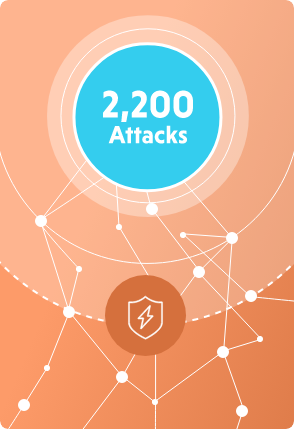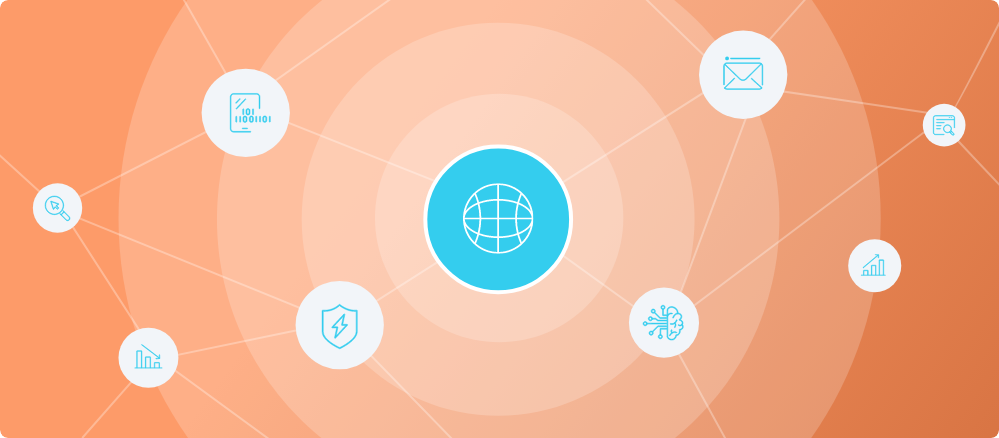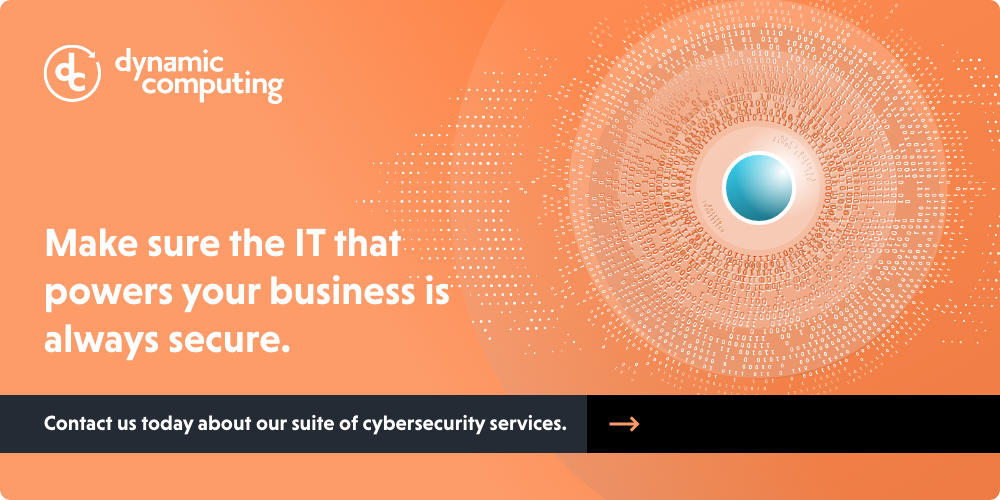If you own a small to mid-sized business, you’re under constant threat of a cyber attack. 
That’s not hyperbole. Every day, an estimated 2,200 hacks and breaches occur, which boils down to one attack every 39 seconds.
So how can you keep your business safe? Or at the very least greatly reduce your chances of being hit with an attack?
It all starts with a security-centric culture.
Security first, from top to bottom
Before you talk about security tools, you need to build a culture where security awareness is always on the front burner and accountability is encouraged throughout your organization.
To do this, you want to:
- Encourage open communication and collaboration between employees so security incidents or suspicious activity are flagged immediately
- Conduct regular security awareness training with employees so they are up-to-date on evolving threats
- Establish clear policies and procedures for the use of devices and resources both in the office and out in the wild
- Regularly review and update security measures in response to emerging threats, new technologies, and changes in your business environment
Of course, training and awareness — while critical — can only get you so far. The nuts and bolts of security are tools and processes, which is why you should absolutely take these 10 steps to help lock things down:
1. Risk assessments
Regularly conduct comprehensive assessments to identify potential vulnerabilities and prioritize security measures. You want to dig into your network infrastructure, applications, data storage, and employee practices to pinpoint areas of weakness.
2. Data protection
Implement encryption protocols to safeguard sensitive data that is both in transit or at rest. This means utilizing robust access controls and authentication mechanisms that allow only authorized individuals to access confidential information.
3. Network security
Deploy firewalls, intrusion detection systems (IDS), and intrusion prevention systems (IPS) to monitor and control traffic on your network, and regularly update software and firmware to patch known vulnerabilities.
4. Endpoint security
Protect endpoints like desktops, laptops, and mobile devices with antivirus software, endpoint detection and response (EDR) solutions, and mobile device management (MDM) tools.
5. Email security
Implement email filtering and anti-phishing measures to detect and block malicious emails, and train employees to recognize phishing attempts. Really hammer home that they need to avoid clicking on suspicious links or downloading attachments from unknown sources.
6. Secure password practices
Enforce a strict password policy, including the use of complex passwords, regular password changes, and the use of multi-factor authentication (MFA) and single sign-on (SSO).
7. Backup and disaster recovery
Regularly backup critical data to secure offsite locations or the cloud, and develop a comprehensive recovery plan that outlines the procedures for data restoration and system recovery.
8. Employee training
Educate employees about the importance of IT security and their role in protecting company assets. These training sessions should cover best practices, phishing and social engineering awareness, and incident response procedures.
9. Vendor management
Evaluate the security posture of your third-party vendors and service providers before partnering with them to ensure they are following industry-standard security practices and comply with relevant regulations.
10. Compliance
Stay informed about industry-specific regulatory requirements and compliance standards like CMMC, HIPAA, and PCI DSS, then implement policies accordingly.

Evolving to evolving threats
IT security is an ongoing process, requiring continuous monitoring, assessment, and adaptation to changing threats.
In other words, it takes vigilance, and vigilance takes time and resources.
This puts small to mid-sized organizations in a precarious position, since the costs (both in money and in time) can often be hard to sacrifice.
That’s why every business with fewer than 200 employees should strongly consider outsourcing its IT to a reputable partner. Not only will they be better off security-wise, they’ll be better off financially in the long run.


